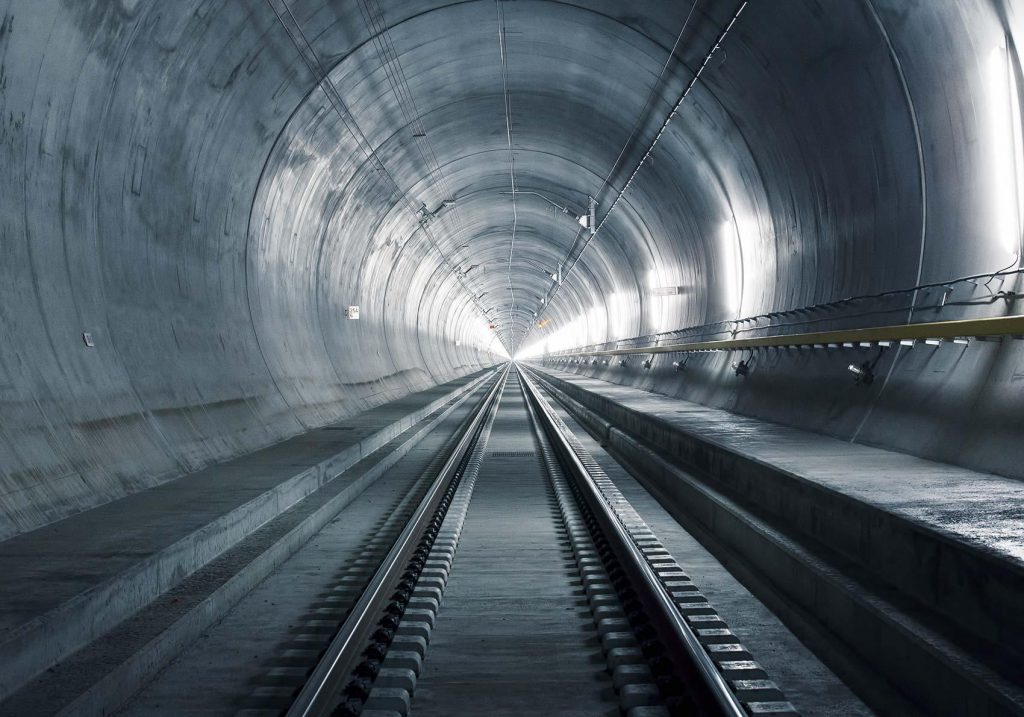Despite no tunnel and no government or European Union backing, passengers can now buy tickets for trips through what would be the world’s longest undersea rail link, between Helsinki and the Estonian capital Tallinn.
The 15-20 billion euro project, led by Peter Vesterbacka, a former executive at Angry Birds game maker Rovio, and his FinEst Bay Area company, has raised 100 million euros ($114 million) from Dubai-based construction company ARJ Holding, its first external funding commitment.
Tens of thousands of Estonians work in the Helsinki area, making the weekly commute by sea, while Tallinn is a popular tourist destination for Finns. A tunnel would cut the travel time to around 20 minutes from the 2-hour ride on a fast ferry now.
“To have the first external funding is a significant step for the whole project…The Helsinki-Tallinn area will in the future be one of the fastest-growing metropoles in Europe,” Vesterbacka told a news conference on Monday, adding that he expected further funding to come from Asia and China.
Finland and Estonia have for years considered linking their capitals, which are divided by the Gulf of Finland.
A feasibility study commissioned by the two governments and published last year said the planned 100-km (60-mile) tunnel could open in 2040 but Vesterbacka said the tunnel would be built by 2024.
“That is the plan and there is no reason to believe otherwise,” he said.
An online ticket shop charging 50 euros per ride opened on Monday, promising that the first trains would run on Dec 24th, 2024.
Vesterbacka’s ambitious plan also includes building a new island for 50,000 inhabitants in the Gulf of Finland where the trains would stop on their way between the two capitals.
Vesterbacka said talks with Helsinki, Tallinn and the two national governments were positive. The governments have previously said they were open to Vesterbacka’s plans and allowing private investors to fund the project, but noted that there were still several questions to be answered.
Finland and Estonia want the tunnel to form part of the EU’s core network of routes deemed vital for European and global transport flows.







